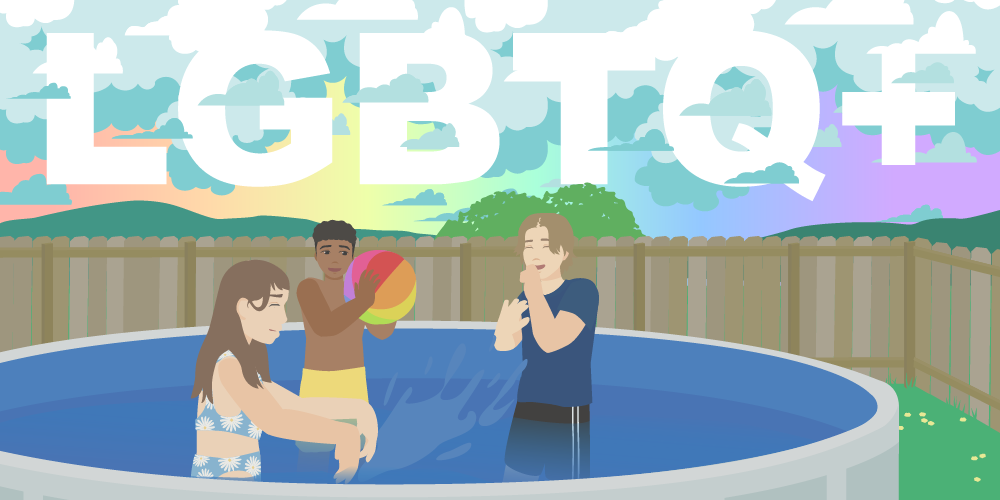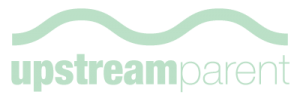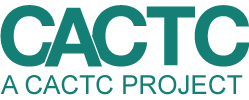Lesbian, gay, bisexual, transgender and queer (LGBTQ) teens are more likely to be bullied, experience depressive symptoms, adverse childhood experiences, and suicidal ideation and are less likely to have an adult in their family with whom they can turn. So, it’s no surprise that they are more likely to use alcohol and other drugs.
Young people in Cortland County who are LGBTQ are more likely than their non-LGBTQ peers to use alcohol and other drugs.
- Cortland LGBQ+ youth (13%) report higher usage of alcohol in the past month compared to youth who identify as straight (8%).
- Cortland LGBQ+ youth (17%) are more likely to report vaping in the past month than youth who identify as straight (7%).
- Cortland LGBQ+ youth are more than twice as likely to report using marijuana in the past month than self-identified straight youth.
- Cortland LGBQ+ youth are more than twice as likely to report high risk of having a substance use disorder compared to youth who identify as straight.
Being LGBTQ does not cause substance use. Rather, specific differences – mostly consequences of prejudice – weaken adolescents’ support system and increase the pressure for them to use alcohol and other drugs. Understanding these differences is crucial for helping LGBQ+ teens grow up healthy, happy and substance-free.
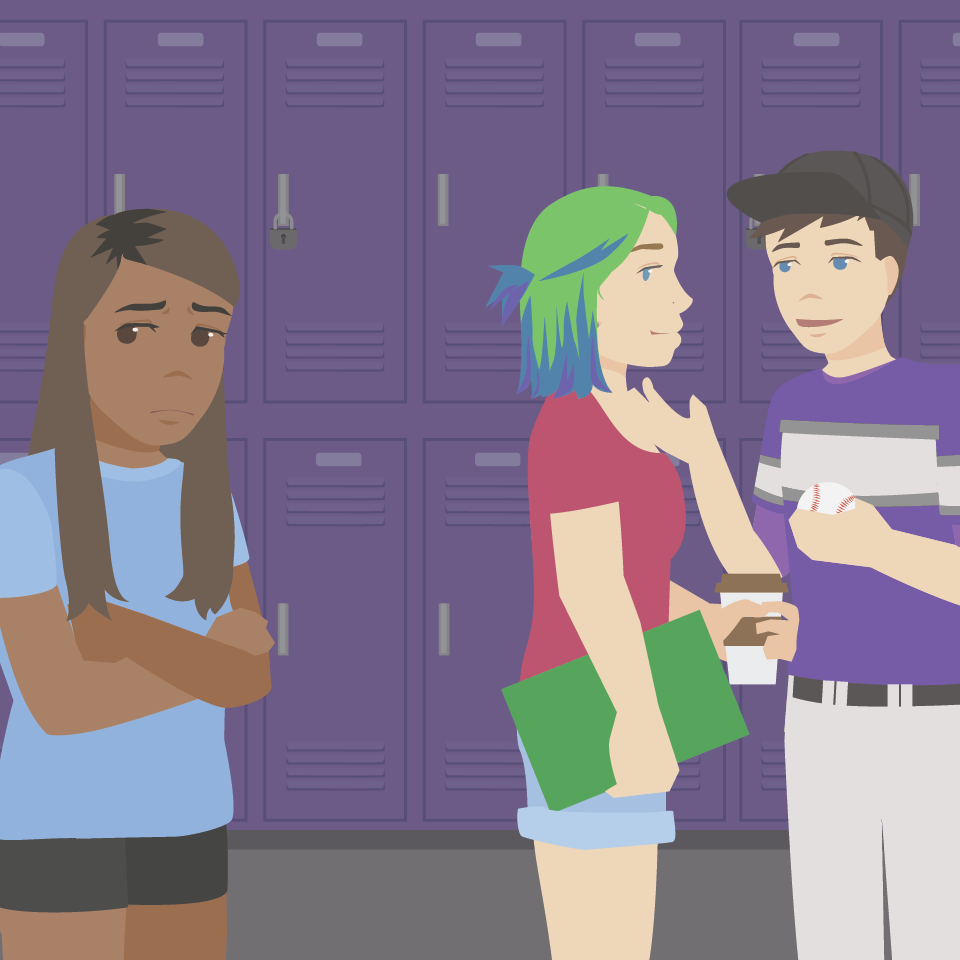
What causes these differences?
Bullying and harassment. Cortland LGBQ+ teens are more likely to report being bullied at school, outside school and online than teens who identify as straight.
- Cortland LGBQ+ youth (53%) are were bullied at all compared to 30% of straight students youth who identify as straight (30%).
- Cortland LGBQ+ youth (32.5%) are more likely to report that they have been threatened in a way that made them feel afraid they might be hurt than youth who identify as straight (18%).
- In a 2017 School Climate in New York survey conducted by CLSEN the vast majority of LGBTQ students in New York regularly heard anti-LGBTQ remarks. Most LGBTQ students in New York reported experiencing anti-LGBTQ victimization at school.
Family conflict and rejection. Parents and caregivers are the most important influence on adolescents’ choices about alcohol and other drug use. Unfortunately, for some LGBTQ+ teens, conflict over sexual orientation, gender identity or gender expression can strain these relationships.
- LGBQ+ students (44%) were less likely to report that their parents notice when they are doing a good job than straight students (67%)
- Cortland LGBQ+ youth (43%) are less likely to report that they share their thoughts and feelings with their fathers than youth who identify as straight (62%).
- LGBQ+ youth in Cortland County (49%) are less likely to report that they share their thoughts and feelings with their mothers than youth who identify as straight (71%).
- Cortland LGBQ+ teens are three times as likely as self-identified straight teens to report that they felt unsupported, unloved or unprotected.
Minority stress. More and more LGBTQ+ teens are growing up in families and communities that celebrate their sexual orientations, gender identities and gender expressions. Sadly, it’s still common for LGBTQ+ teens to be rejected by their families, harassed by their peers, and demeaned in the media. When a person experiences hardship because of a socially stigmatize identify like being LGBTQ+, psychologists call it “minority stress.”
- LGBQ+ youth in Cortland County (66%) are more likely to report that they have at least one ACE than youth who identify as straight (33%)
Childhood abuse. There’s some evidence that LGBTQ+ children are targeted for physical and sexual abuse at higher rates than other children, and childhood abuse is a risk factor for later substance use.
- Cortland LGBQ+ youth (42%) are more likely to report that they had a parent/caregiver insult, humiliate, or put them down than youth who identify as straight (12%).
- Cortland LGBQ+ youth (22%) are more likely to report that they have experience sexual abuse than youth who identify as straight (4%).
- Cortland LGBQ+ youth (20%) are more likely to report that they have had any adult in their house hurt or ever hit them hard enough to be injured than youth who identify as straight (5%).
Peer influence. Teens’ risk of substance use depends in part on whether their friends use drugs and alcohol. For most LGBTQ teens, LGBTQ friends are a crucial source of support. However, in some cases, this means connecting with peers who are more likely to be using drugs or alcohol. This is particularly likely if teens meet an older crowd through LGBTQ groups, or if they visit settings like bars or clubs where substance use is more common.
- Cortland LGBQ+ youth are more likely to report that their best friends have used alcohol (37%) in the past year than youth that identify as straight (27%).
- Cortland LGBQ+ youth are more likely to report that their best friends have used marijuana (40%) in the past year than youth that identify as straight (24%).
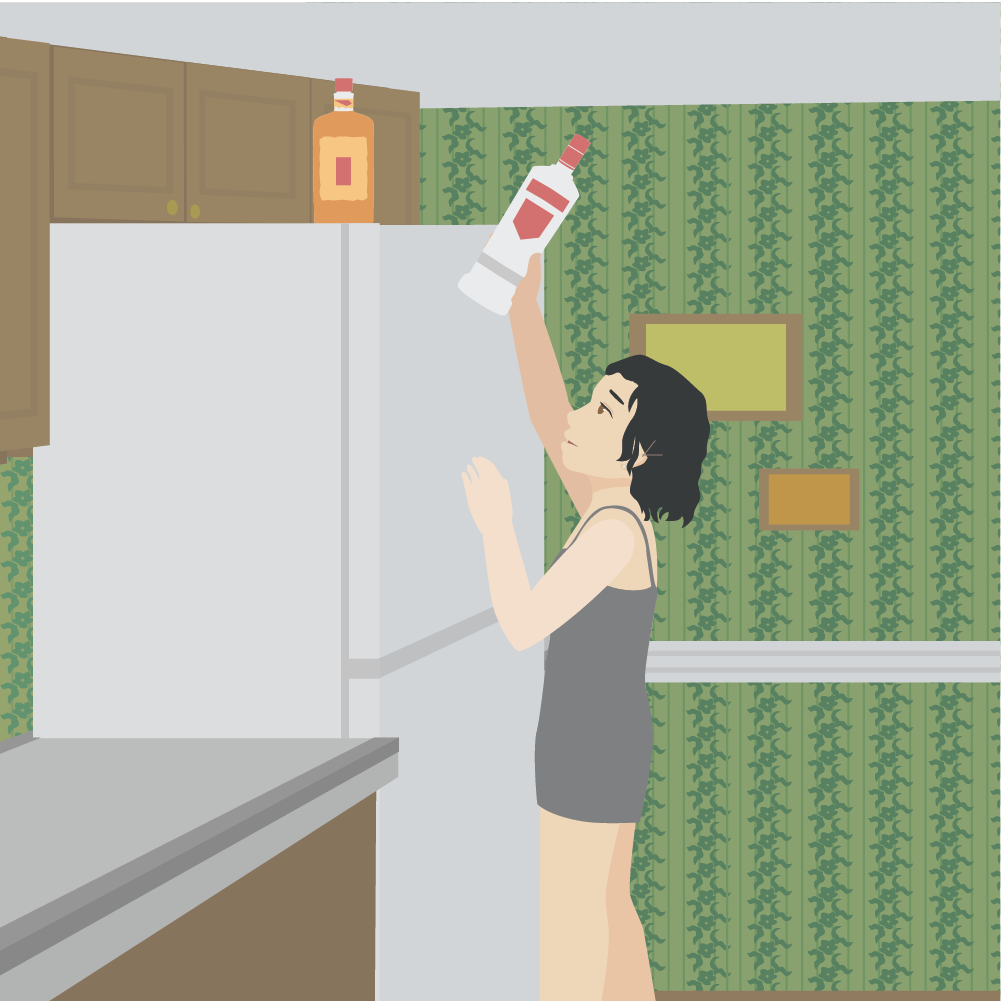
What helps all teens?
Discussing expectations. Parents and caregivers should actively discuss substance use with their teens, setting clear expectations that they will not drink or use drugs. While “harm reduction” messages can be useful in certain contexts, such as college health programs, research indicates that consistent disapproval of underage substance use is the most effective parental message for reducing teens’ drinking and drug use.
Monitoring. Teens who report that their parents more consistently monitor their behavior — asking and confirming how and with whom they spend their time — are less likely to drink or use drugs.
Positive reinforcement. Even when relationships are rocky, parents and caregivers can show appreciation for the parts of life where a teen succeeds, including activities that serve as alternatives to alcohol and drugs. For young people struggling with or recovering from substance abuse, this positive reinforcement can help reduce substance use and encourage participation in treatment. For all teens, having big and small accomplishments recognized strengthens the relationships that will help them stay away from drugs and alcohol.
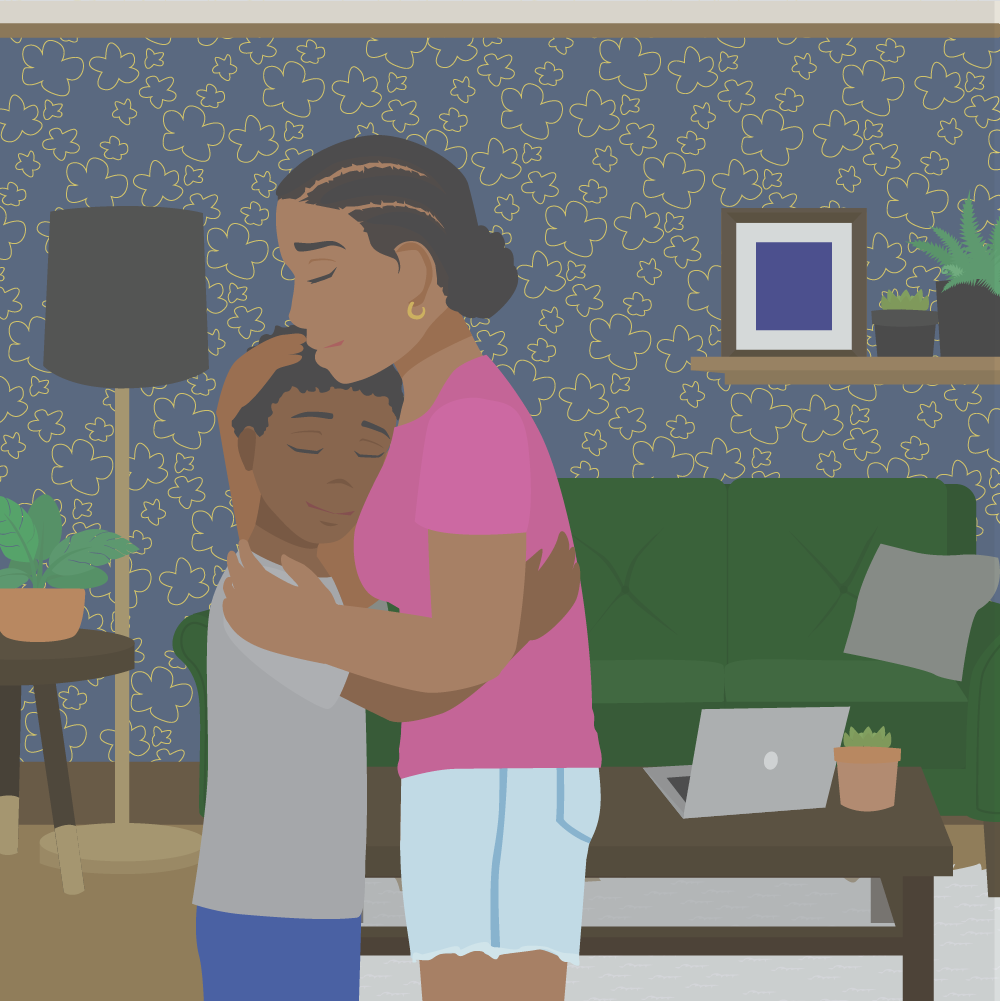
What helps LGBTQ+ Teens?
Family support. For LGBTQ teens, family support for their sexual orientation, gender identity and gender expression are one of the primary influences on substance use. In fact, teens whose parents or caregivers support their identity are better able to withstand other sources of stress, like harassment at school. Family support takes more than ignoring or tolerating a young person’s LGBTQ identity. LGBTQ teens whose families that take affirming actions such as talking openly with a teen about their LGBTQ identity, inviting the teen’s LGBTQ friends to join family activities, bringing the teen to LGBTQ events and appreciating clothing or hairstyle choices that might not be gender-typical are less likely to have problems with alcohol and other drugs. They also have better self-esteem, health and social support; are less likely to experience depression or suicidal thoughts; and are less likely to attempt suicide.
Caring adults. Teens who have good relationships with their teachers are less likely to use drugs and alcohol. Fewer LGBQ teens than non-LGBQ teens feel supported by the adults at their school, but those who do are no more likely than non-LGBQ peers to use substances. Besides providing individual support to LGBTQ teens, supportive adults can shape a school climate where anti-LGBTQ harassment is not tolerated.
Safe schools. Because harassment by peers drives substance use and abuse, schools where LGBTQ students are treated with respect can help close the substance abuse gap.
For more information on how you can help support LGBT teens, prevent alcohol and other drug use in the LGBTQ+ community, and support alcohol and drug prevention among teens please contact Cortland Prevention Resources (607) 756-8970 or by visiting www.cortlandprevention.org.
Sources:
Human Rights Campaign Foundation. Preventing Substance Abuse Among LGBTQ Teens. https://www.hrc.org/resources/preventing-substance-abuse-among-lgbtq-teens
GLSEN. (2019). School Climate in New York (State Snapshot). New York: GLSEN.
Cortland Area Communities That Care (CACTC). 2023 Cortland County Youth Survey.

